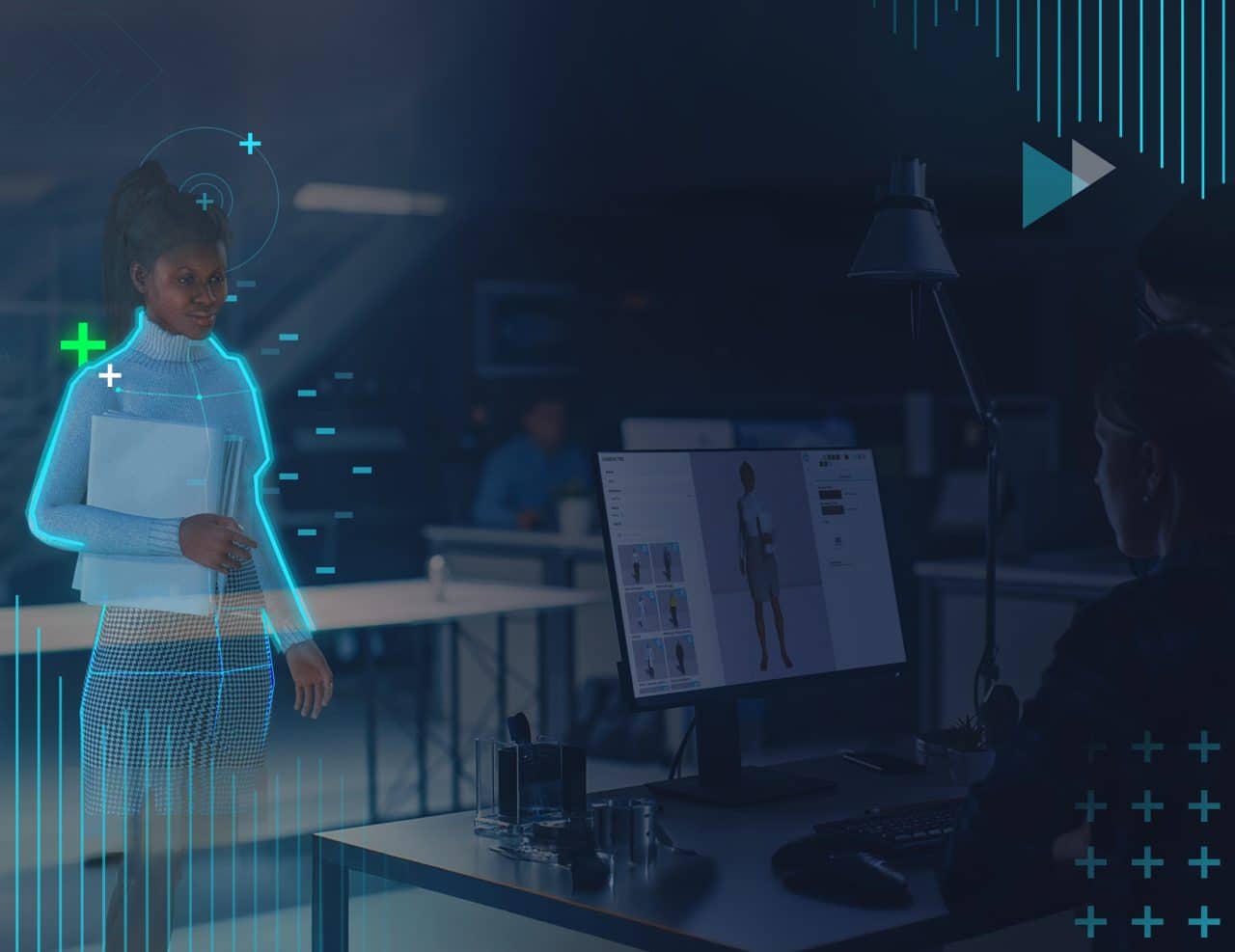In this talk, psychologist and former Attensi Creative Director Gaute Godager explores:
- The secret to understanding how human motivation works.
- The difference between the two distinct memory types that power the brain.
- How gamified simulations use both to create an ideal learning environment.
Pressed for time? Below we’ve pulled out 5 key takeaways from Gaute’s talk to help power your training with some priceless workplace psychology insight.
What drives motivation?
Despite what some self-help gurus might claim, ‘being motivated’ is not a singular personality trait. As most of us will be able to testify, motivation can fleeting. One day, we’re ready to take on the world. The next, we’re struggling to make it to lunchtime.
When it comes to learning, understanding how motivation works can help to make the process more predictable. And easier to replicate for your staff.
Psychologists have revealed the difference between extrinsic motivation and intrinsic motivation*. In other words, the external factors that motivate us to learn (such as being told to do something by your boss/coach/teacher) and internal factors (when we accept a skill/knowledge as part of our identity, of who we are).
It’s no surprise that in most cases, the latter is the most powerful motivator. There’s no replacement for being driven by our own sense of purpose. But there’s rarely a shortcut to tapping into intrinsic motivation.
To help internalize knowledge, we need to explore how human memory works.
Lexical vs. Procedural memory
The human brain has two distinct ways of remembering things:
- Lexical memory: Also known as ‘the story part’ of the brain. Lexical memory works like a long chain of events, like reading a book from start to finish. It’s what we use to organize information and facts. When someone asks, “What did you have for dinner last night?” you exercise your lexical memory to picture yesterday’s salmon en croute.
- Procedural memory: The motor skills part of the brain; learning something by doing it. Often referred to as your ‘muscle memory’. Your ability to tie your shoes, dance, or play the piano is stored here.
The human brain is like a fishing net; the more connections you can make between points, the stronger it is. But these two memory types are distinct. For example, there are cases of stroke patients who cannot remember who they are from damage to their lexical memory but can still play musical instruments.
And it’s by tapping into these motor skills that we can make knowledge stick.
Engaging the Procedural brain
In practice, relying on your lexical memory alone is not an effective way to learn. You can’t just read your way to becoming a good chess player. You have to play over and over, learn the physical patterns, and make mistakes along the way to get a feel for the game.
The same applies in the workplace. For example, you cannot read your way to changing or adopting a ‘company culture’. It’s not a lexical process. Your people have to live and experience it.
And yet, so much of workplace and academic learning still relies on written, passive material. It is possible to cram for a single test or exam, but that knowledge is fleeting. Ask yourself to recall the same facts in ten years, and you’ll likely struggle.
Procedural, motor skills are more static. If you repeatedly train something physically, it sticks. As the old saying goes, it’s literally like riding a bike.
And it’s here where simulations can help.
Why use a gamified simulation?
In short, a gamified simulation is a great way to learn something ‘boring’. It takes otherwise dry learning material and makes it palatable for the human brain to not only experience but absorb by repeating it, over and over.
Simulations are pretend behavior. As children we played games and pretended to be warriors, pirates, and space captains with carefree abandon. With no fear of the actual peril that would accompany these roles in real life, we have fun and explore.
In the same way, a simulation offers a safe environment for us to make mistakes and learn from them. The kind of mistakes that might get us fired in the real world. By playing, exploring, and testing boundaries without fear, we learn much quicker.
But enough theory, what do the results of this type of training look like?
Results that you can shout about
Here’s a quick example of gamified simulation training in practice.
In 2017, Attensi worked on a project with a major Scandinavian homeware retailer to boost its employee’s product knowledge around in-store lines. The workforce was predominantly middle-aged female staff. So not what most people would consider to be typical ‘gamers’.
These 700 employees racked up over 248,000 playthroughs within six months. What’s more, the metrics revealed that a majority of these playthroughs took place outside of working hours.
Why? Because the content was presented using a gamified simulation, to engage the procedural memory, and promote a little healthy competition between staff.
It’s these principles that underpin all of our gamified simulation training solutions whatever their application, from training management to frontline retail staff.



